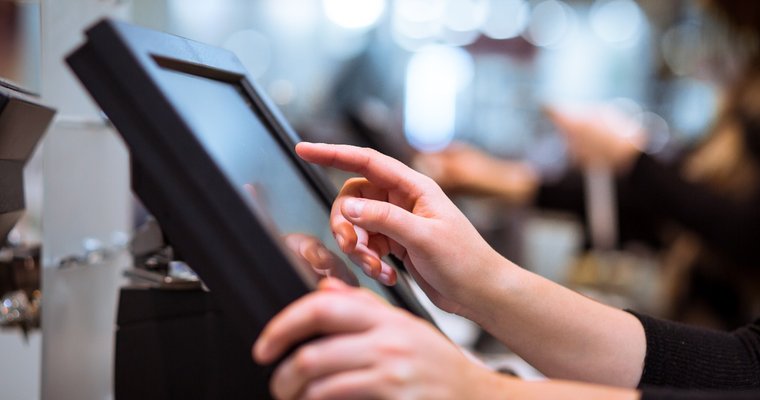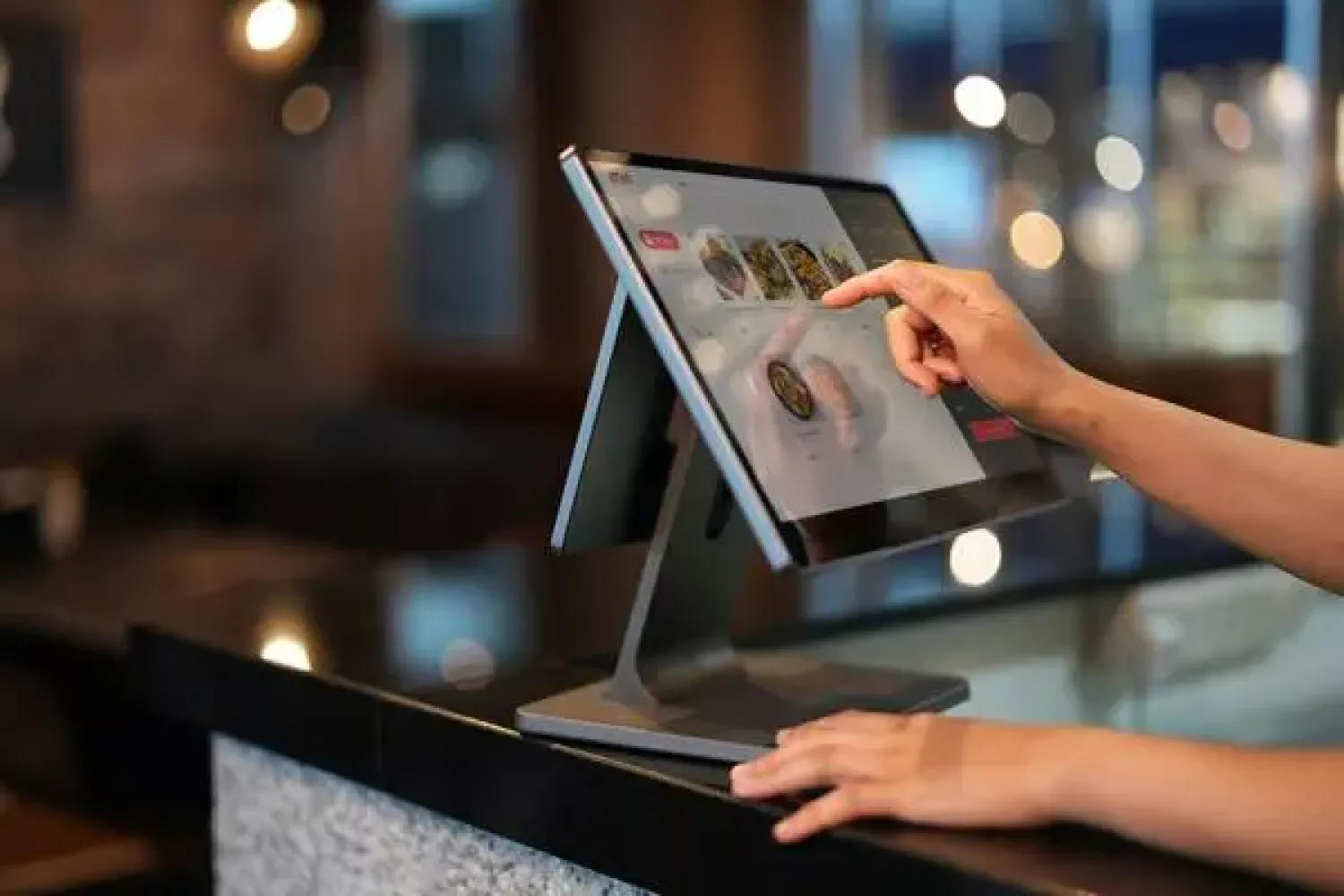How a POS Can Help You Manage Staff Scheduling

Running a restaurant or food service business means juggling many moving parts, and staff scheduling is one of the trickiest. From shift swaps and time-off requests to managing peak hours and labor costs, staying on top of employee schedules is essential—but also time-consuming.
What if your POS system could take that burden off your plate?
Believe it or not, modern POS systems can be powerful tools for managing staff scheduling, helping you streamline operations, boost team productivity, and save money. Here’s how.
1. Built-In Scheduling Tools
Many advanced POS systems come with employee management and scheduling features built right in. This allows you to create, edit, and publish weekly schedules directly from the system. Staff can be assigned to roles based on availability, and you can view everything on a dashboard—no paper schedules or messy spreadsheets needed.
Even better, you can copy schedules week-to-week or create templates for busy seasons, so you’re not starting from scratch every time.
2. Real-Time Time Tracking
Gone are the days of physical punch cards and manual time tracking. With a POS, employees can clock in and out directly from the system—whether it’s on a terminal, tablet, or mobile app. This automatically logs their hours, helping you track attendance, late arrivals, and early departures.
Accurate time tracking means fewer payroll errors and better compliance with labor laws and overtime regulations.
3. Labor Cost Monitoring
Labor is one of the largest expenses in any restaurant, and smart scheduling can help you control it. Many POS systems calculate labor costs in real time based on scheduled hours vs. actual hours worked. You can also compare labor costs against sales to understand productivity and identify where you might be overspending on staff.
This makes it easy to optimize schedules for slow days and staff up during peak hours without blowing your budget.
4. Smart Forecasting with Sales Data
POS systems don’t just manage schedules—they offer insights. By analyzing historical sales data, your POS can predict busy periods and recommend optimal staffing levels. For example, if Fridays between 6–9 PM are consistently busy, the system can suggest additional servers for that time slot.
This kind of data-driven forecasting helps you avoid being over- or under-staffed, leading to smoother service and happier customers.
5. Shift Swaps & Availability Tracking
Staff life happens—someone gets sick, needs to swap a shift, or requests time off. A good POS system can handle these changes on the fly. Employees can submit availability or request changes through the system, and managers can approve or deny with a click.
Some platforms even allow automated shift swapping, where staff can offer up a shift and others can claim it, pending manager approval. This reduces your involvement in micromanaging the schedule and keeps operations running smoothly.
6. Multi-Location or Role Scheduling
If your business operates across multiple locations—or your staff wears multiple hats (like front-of-house and kitchen roles)—POS systems can handle that complexity, too. You can assign employees to multiple roles, define specific shift rules, and manage staffing across locations from one central platform.
7. Improved Communication
A modern POS doubles as a central hub for staff communication. You can post messages, share announcements, or notify the team of schedule changes instantly. This keeps everyone in the loop and avoids the confusion of group texts or last-minute phone calls.
Conclusion
Managing a restaurant team doesn’t have to be a scheduling nightmare. With the right POS system, you can automate scheduling, track labor, and adapt to real-time changes—all while reducing errors and saving money.
From better forecasting to easier time tracking and streamlined communication, a POS system doesn’t just help you run your restaurant—it helps you lead your team smarter.






